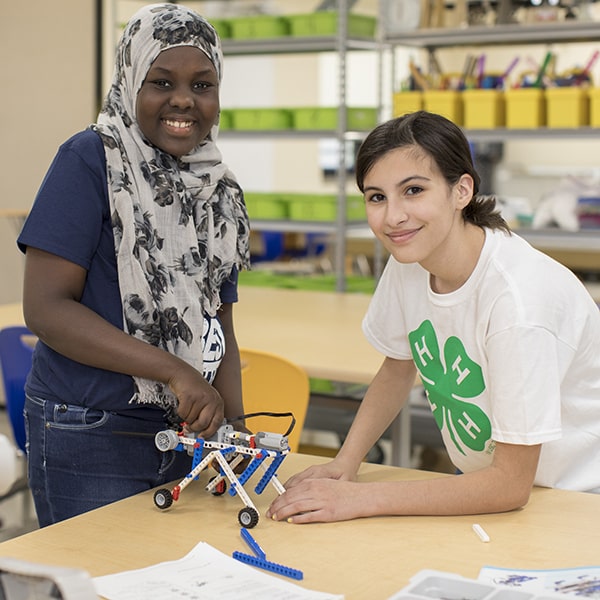To celebrate, we are teaching kids all about Tesla and how to conduct a few electricity-based experiments of their own.
Who is Nikola Tesla and What Did He Do?
Nikola Tesla was born in 1856 in the Austrian Empire (modern-day Croatia). As a child, Tesla was exceedingly intelligent; he studied German, math, and science. He was even able to perform complex calculations on his head, which led his teachers to accuse him of cheating.
He became fascinated with electricity in college, but never actually graduated. Instead, he dropped out and eventually began working for Edison Machine Works in New York City, an electric company founded by Thomas Edison.
He proved his worth there quickly, redesigning generators, developing lighting systems, and repairing installations. He soon struck out on his own, and immediately began working on a series of patents. He eventually patented the arc lighting system, the electric motor, and the improved generator. In 1887, Tesla founded the Tesla Electric Company (no relation to today’s car company) with the help of two investors, Alfred S. Brown and Charles F. Peck. In his Manhattan laboratory, Tesla developed and improved numerous electrical devices.
Many other companies and inventors – sometimes even competitors – consulted Tesla for his help. He was always coming up with new ideas and conducting experiments. Even when they failed, he never gave up and always kept trying. Over the course of his life, Tesla made numerous contributions to the field of electricity, many of which we still use today.
A Few Facts About Electricity
- The electricity we use in our homes has long come from coal-fired power plants, but new technologies allow us to increasingly harness the power of wind energy, solar power, and ocean tides.
- Electricity travels at the speed of light, which is about 300,000 kilometres per second.
- The first electric car was invented in 1891 by William Morrison, and many of the first cars were electric-powered.
- The average microwave uses more electricity to power its digital clock than it does to heat up food.
- Electric eels can emit electric shocks of up to 600 volts to stun their prey (fun side note: the electric eel is not actually an eel, but a species of knifefish).
What Are Some Electricity Experiments I Can Do?
Here are a few experiments you can do at home to understand the power of electricity:
Make batteries out of fruit
https://4-h.org/about/4-h-at-home/fruit-batteries/
Make a light-up Science Bug necklace
https://4-h.org/about/4-h-at-home/science-bug/
Charge a balloon with static electricity (page 1)
https://4h.tennessee.edu/Projects/activities/Electric-W078.pdf
Sources:
https://www.smithsonianmag.com/history/the-rise-and-fall-of-nikola-tesla-and-his-tower-11074324/
https://nikolateslamuseum.org/media/docs/lista_patenata_sr.pdf
















